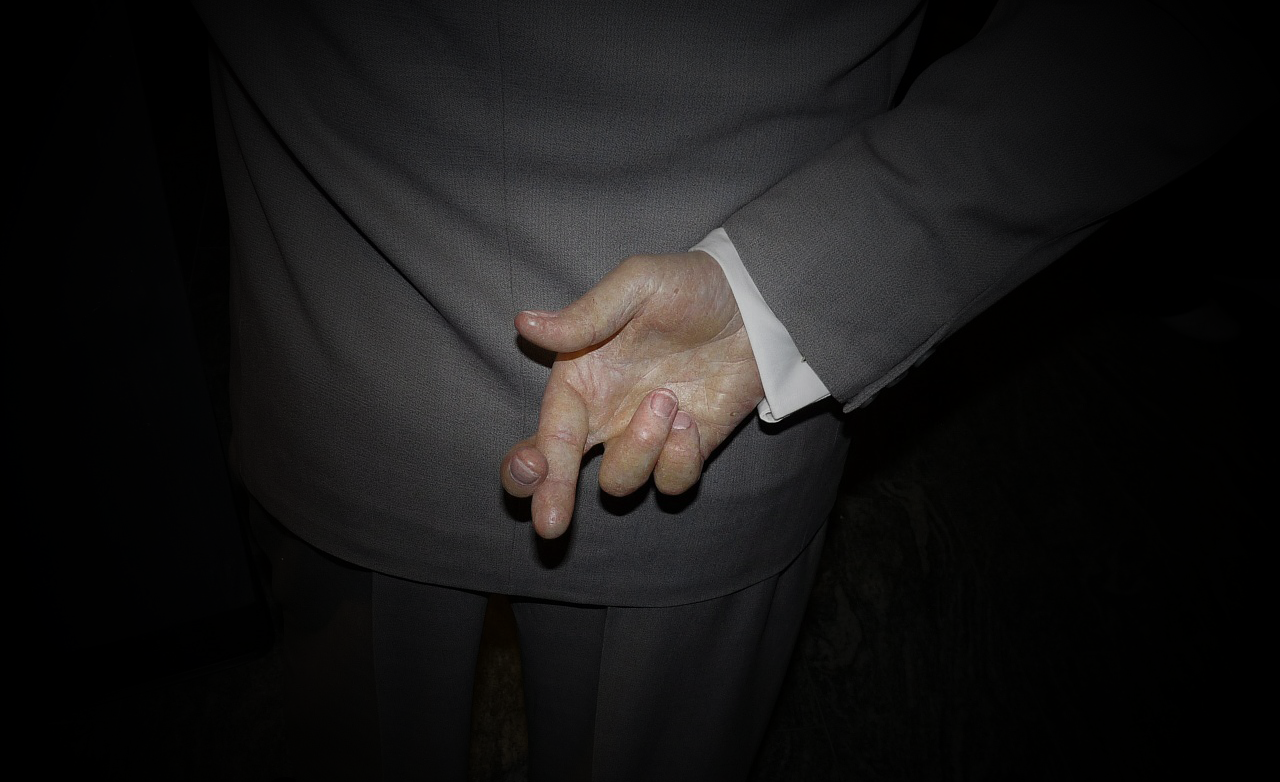AFTER days of speculations, the centre has invited fourteen leaders from fourteen political leaders from Jammu and Kashmir to a meeting with Prime Minister Narendra Modi in New Delhi on June 24. Union Home Secretary Ajay Bhalla called up J&K leaders for the meeting. Among those who have been invited include former chief ministers of the erstwhile state – National Conference’s Farooq Abdullah and Omar Abdullah, PDP chief Mehbooba Mufti and Congress’ Ghulam Nabi Azad. Union Home Minister Amit Shah is also expected to be present during the meeting.This would be the first such meeting since the revocation of J&K’s special status and its bifurcation into two Union Territories was announced in August 2019. The meeting thus assumes an extraordinary significance. Some reports are saying that its agenda is the restoration of J&K’s statehood. Similarly, the meeting is expected to discuss the ongoing delimitation exercise set to redraw the constituencies in the former state. The completion of the exercise is expected to lead to holding of elections to the Assembly. It is not yet clear whether elections would follow statehood or vice versa.However, in a surprise decision on Sunday, the PDP leader Mehbooba Mufti decided she won’t attend the meeting. Earlier, in an apparent confidence building measure, government had released the senior PDP leader Sartaj Madni from his months long detention.A hectic political activity is underway in the run up to the meeting. The parties are holding internal meetings to decide the course of action. Congress has sought restoration of full statehood and conduct of elections as a way forward to restore democracy. Addressing a press conference in New Delhi, Congress leader Randeep Singh Surjewala said that undoing of J&K statehood was a direct attack on the democracy and the constitutional principles.Interestingly Pakistan has also taken note of the meeting. The country’s foreign minister Shah Mahmood Qureshi has called on India to refrain from taking any “further illegal steps” in Kashmir after its actions of August 5, 2019.So much is riding on the meeting. There is, for once, a hope that the meeting will come up with a roadmap for the elections and the statehood for J&K. It remains to be seen how Kashmiri parties would approach the meeting. Their main demand is the reversal of the withdrawal of Article 370 that granted J&K autonomous status under India’s constitution. As things stand, the centre is unlikely to accede to this demand. Even the full statehood remains doubtful. However, untill the meeting actually takes place two days later, there’s not much we can do beyond speculating what is going to happen.
0 231 2 minutes read





